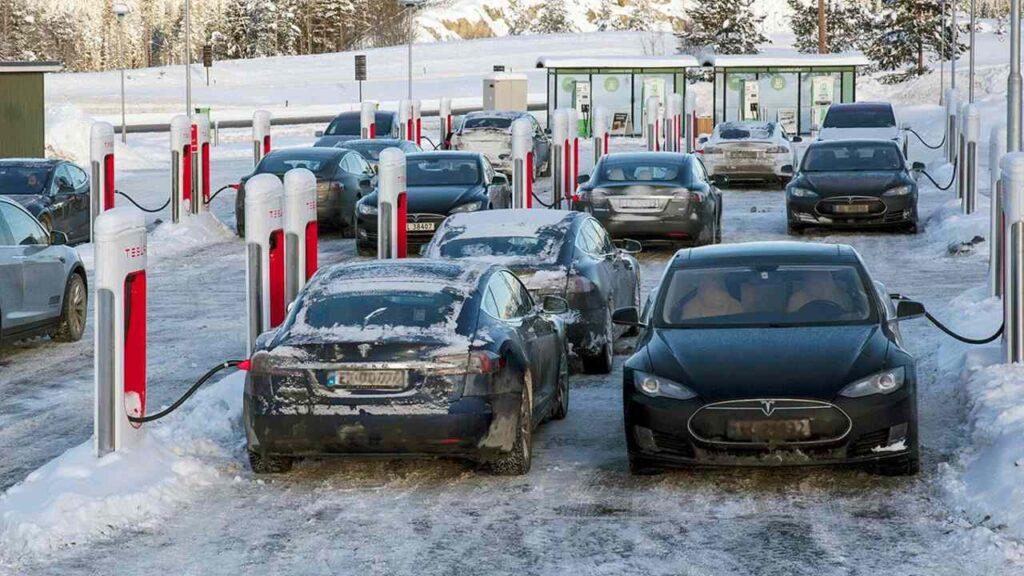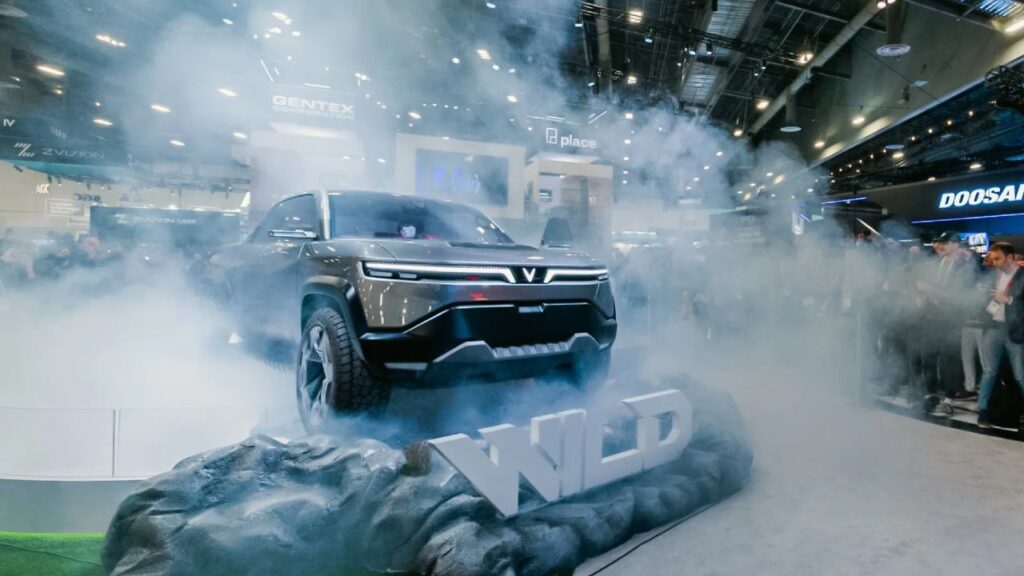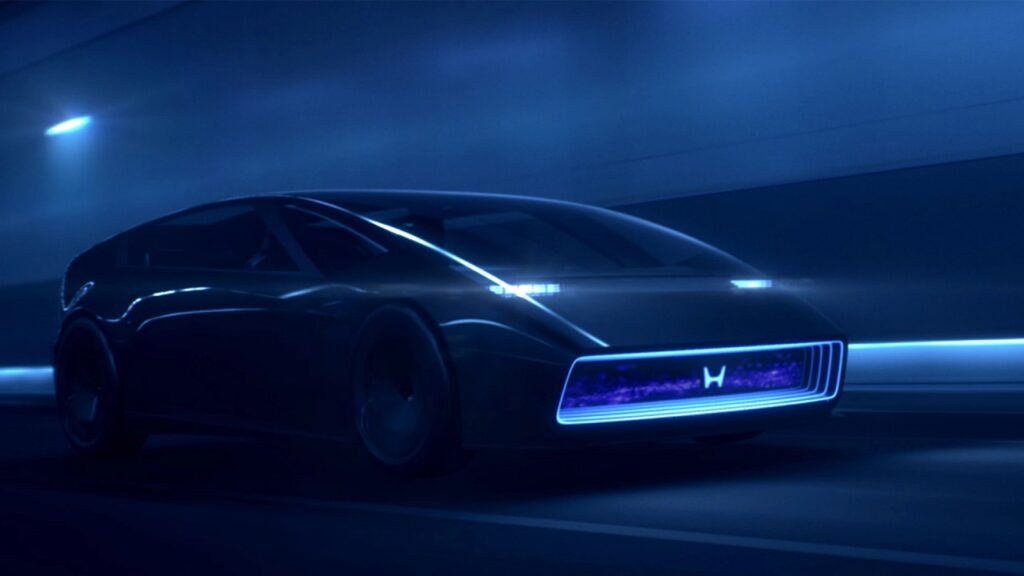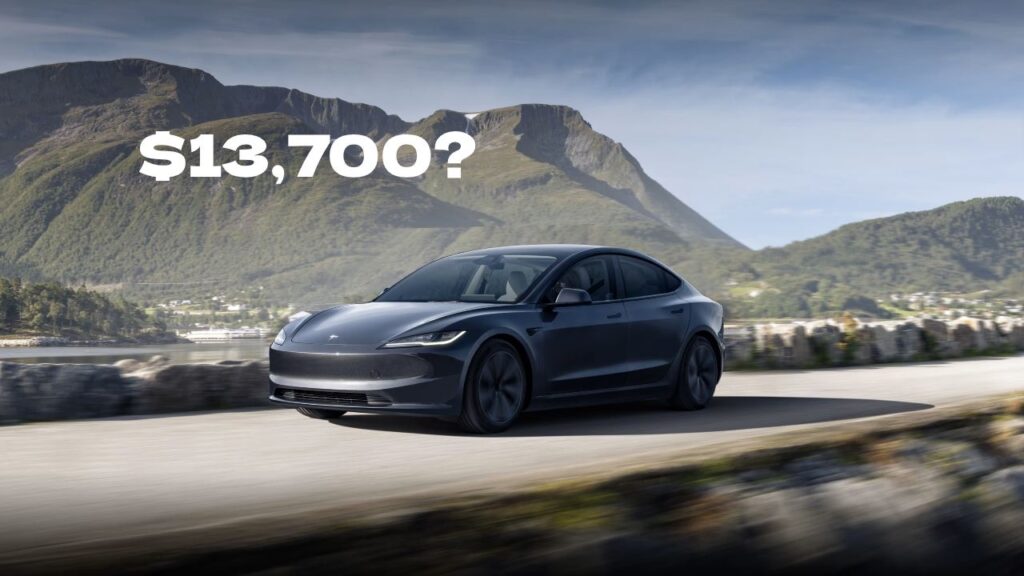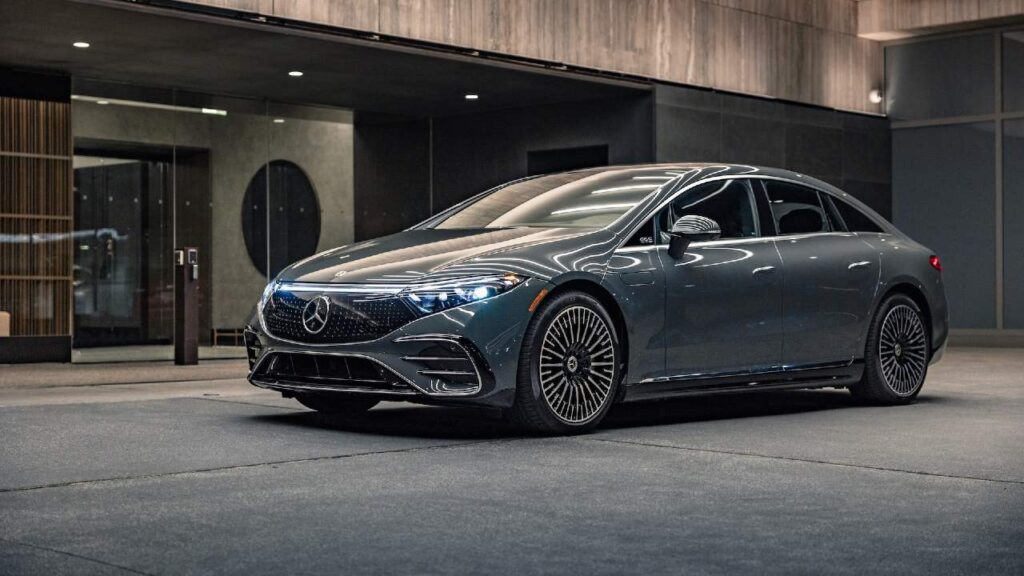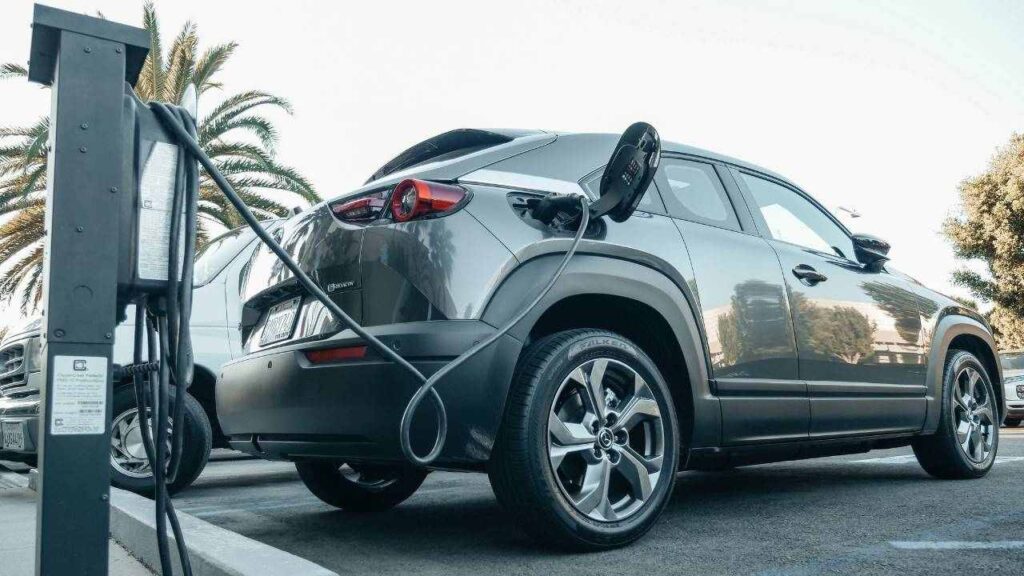Hyundai Unveils ‘Active Air Skirt’ Tech To Increase EV Range And Power
Carmakers are coming up with innovative tech to reduce drag coefficient in order to enable EVs to travel farther on a single charge. Hyundai Motor Company and Kia Corporation showcase ‘Active Air Skirt’ (AAS) technology to enhance the performance of EVs. As the name suggests, it is an active mechanical component which helps reduce drag and enhance the aerodynamics of electric cars. The role of aero in EVs is immense. Any reduction in resistance to motion can lead to a significant increase in acceleration and total driving range. You might also like: Stellantis Invests In Affordable Sodium-Ion Battery Technology Hyundai Unveils ‘Active Air Skirt’ As per the official press release from Hyundai, this new technology can reduce the drag coefficient of an EV by 2.8%. It could lead to a bump in range of around 6 km (3.7 miles) as tested on the Genesis GV60. The AAS remains concealed during regular operation, positioned between the front bumper and the front wheels. It activates when speeds exceed 80 km/h (50 mph), responding to increased aerodynamic resistance surpassing air resistance. It retracts again when the speed decreases to 70 km/h (43 mph). Considering the unique features of the E-GMP platform, it situates itself exclusively in front of the tires without completely enveloping the front end. This is because it is more effective in improving aerodynamic performance to only cover the tire part since the platform floor is flat. The technology’s aerodynamic improvements boost downforce, enhancing both vehicle traction and high-speed stability. You might also like: How Do Heat Pumps Function In EVs? AAS can function at speeds exceeding 200 km/h, made achievable through the incorporation of rubber material on the lower part. This material minimizes the potential for external objects to splash and cause damage during high-speed driving, thereby ensuring durability. In the Genesis GV60, this tech has resulted in a reduction of drag coefficient (Cd) by 0.008. Speaking on the occasion of unveiling this technology, Sun Hyung Cho, Vice President and Head of the Mobility Body Development Group at Hyundai Motor Group, said, “This technology is expected to have a greater effect on models such as SUVs where it is difficult to improve aerodynamic performance. We will continue to strive to improve the driving performance and stability of electric vehicles through improvements in aerodynamics.” You might also like: Tesla Cybertruck Issues With CCS Adapter, Slow Charging Learn Electric Cars Says Hyundai Motor Group has been working relentlessly in the development of EV technology. In fact, its IONIQ 5 and IONIQ 6 are already among the best EVs out there. Back in 2022, the IONIQ 5 even bagged the prestigious Cars Of The Year Award. The Korean auto giant constantly keeps innovating and its latest products embody those engineering and technological improvements. Going forward, it is clear that the development will be incremental, over a long period of time. These small steps will ensure that most challenges we face today will hopefully be eliminated in the coming decade and mass adoption will be the norm.


